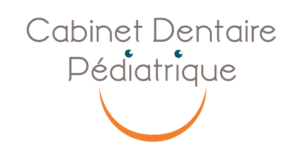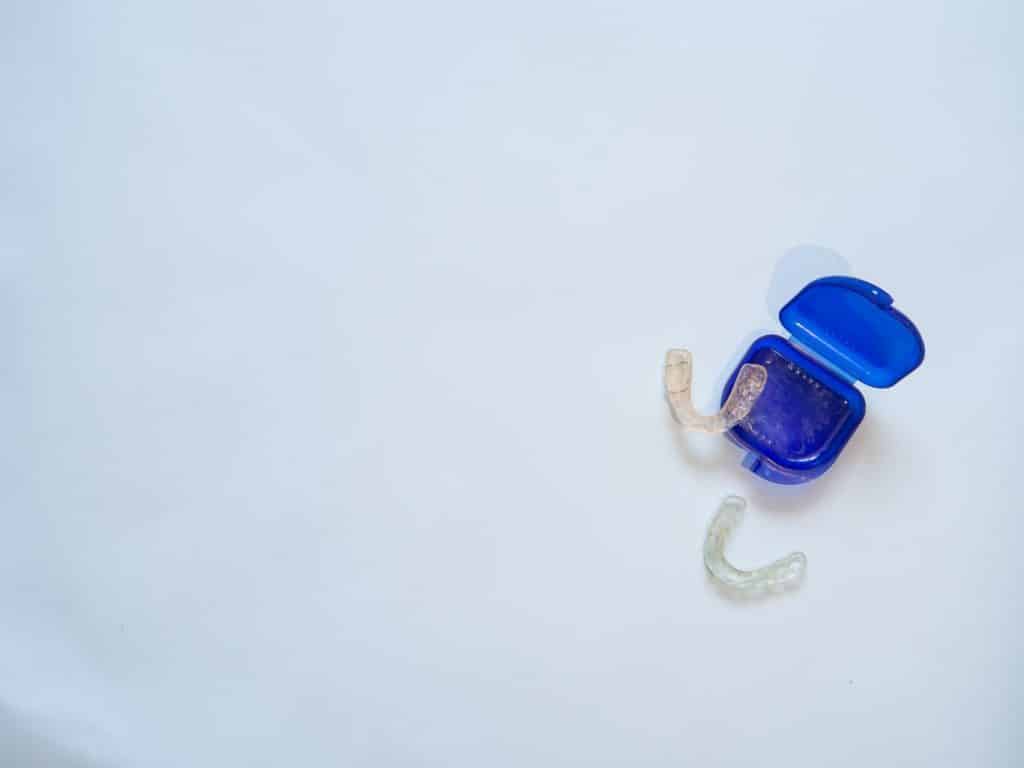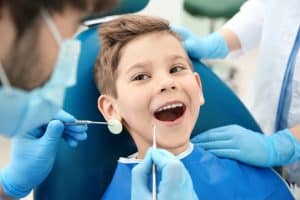Bruxism is the involuntary grinding or clenching of teeth. It is a disorder that particularly affects children and takes place during sleep. Bruxism can lead to many oral problems and impact the proper development of the child's teeth. There are many treatments for bruxism.
Learn about bruxism and possible treatments
Nocturnal bruxism: what to do?
Nocturnal bruxism is more frequent than daytime teeth grinding. The latter corresponds rather to a contraction of the jaws.
In most cases, nocturnal bruxism in children stops on its own by the age of thirteen. Before this age, however, a pedodontist should be consulted to ensure that the child's teeth are not damaged. The pedodontist can then recommend a treatment to limit the wear of the teeth.
However, if bruxism does not disappear when the child grows up, it is advisable to look for the origins of this disorder to treat it. It is important not to let bruxism get worse.
The different solutions against bruxism
To treat bruxism, the dentist must first identify the cause in order to propose an appropriate treatment. There are different solutions to fight bruxism depending on its underlying causes.
If a child's teeth are misaligned, it can lead to jaw malocclusion and bruxism. The pediatric dentist will recommend measures to correct the misalignment. Among these measures, a modification of the occlusal surface of the teeth and a treatment of the occlusion allow to treat the teeth grinding.
If there is significant damage to the child's teeth, specialized braces can also be used. These braces are used only at night and act as a mouth guard to prevent damage to the teeth.
The pediatric dentist may recommend splints or dental plates that serve the same purpose as the mouthguard.
Muscle relaxants can also be prescribed to limit the contraction and spasms of the jaws during the night.
If bruxism is primarily due to stress, then the dentist will recommend relaxation classes or professional therapy to limit this aggravating factor of teeth grinding.
Price of a treatment to stop grinding your teeth in your sleep
The treatment of bruxism with a mouthguard consists of two procedures:
- The placement of an occlusal release plane,
- The assembly of the anti-bruxism splint on an articulator.
The extra fees are forbidden for the installation of an occlusal release plane. Thus, the rate agreed upon by the Social Security for this procedure is 172.98 €.
Dentists are free to charge whatever they wish for articulator mounting. On average, this act is billed at 130 €.
A complete treatment of bruxism with a mouthpiece costs an average of 300 €.
Bruxism in children can have far-reaching consequences on their oral health. There are several methods to prevent its appearance. Practicing sports and relaxing before bedtime allow children to be relaxed at bedtime and thus limit teeth grinding.


